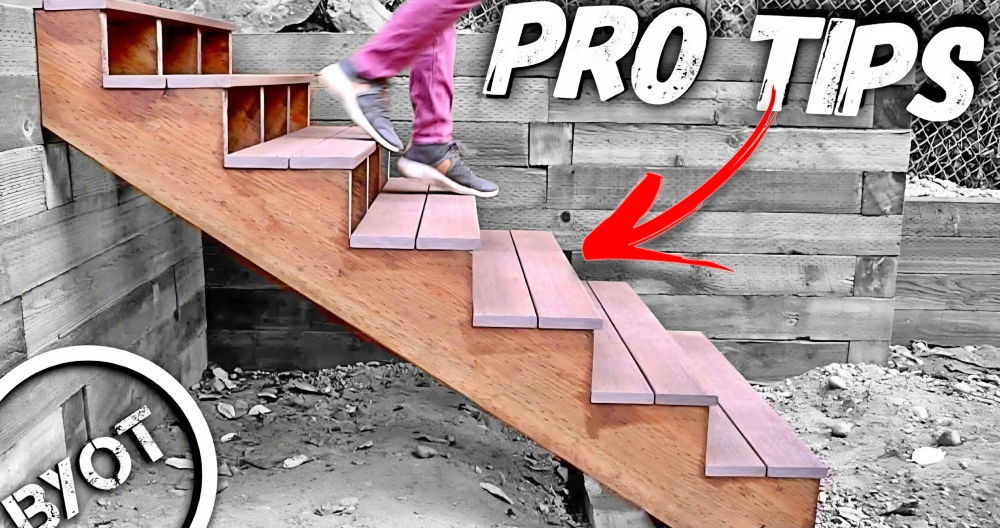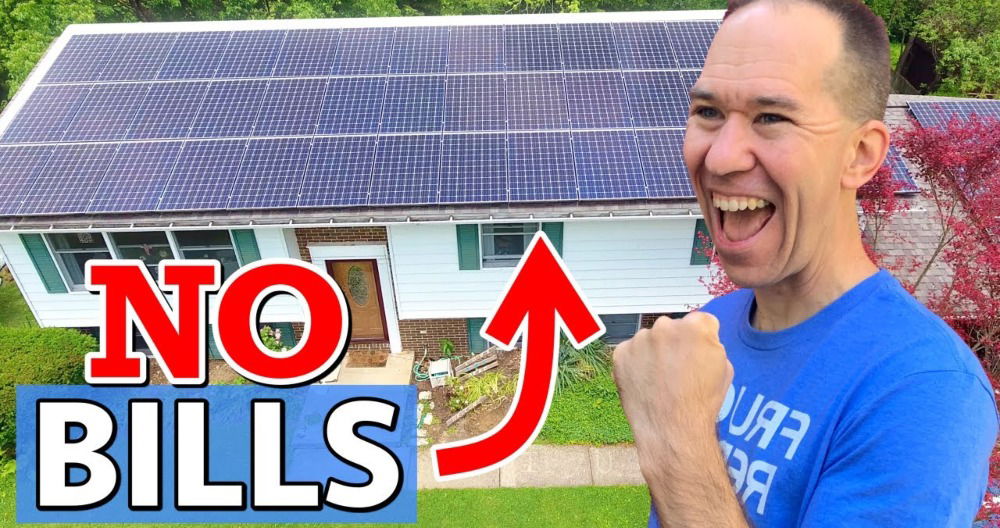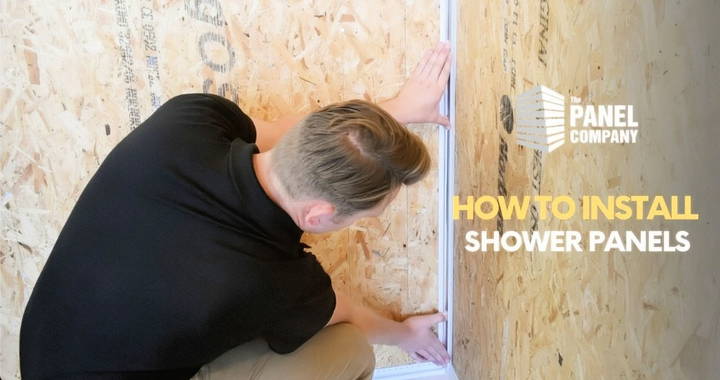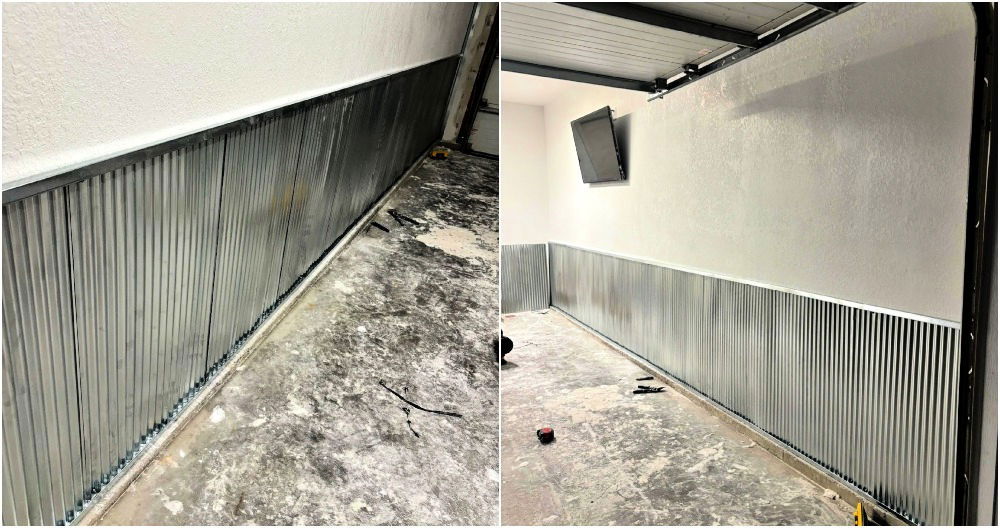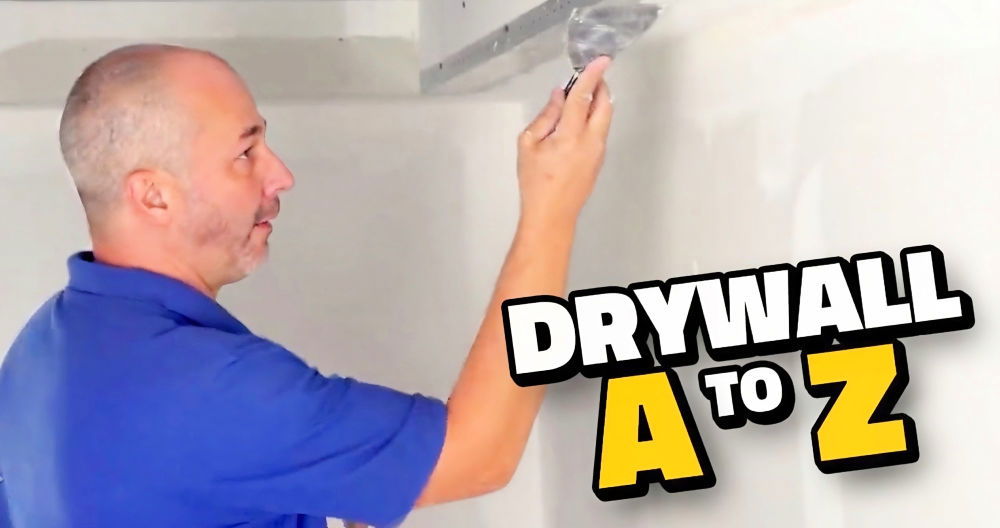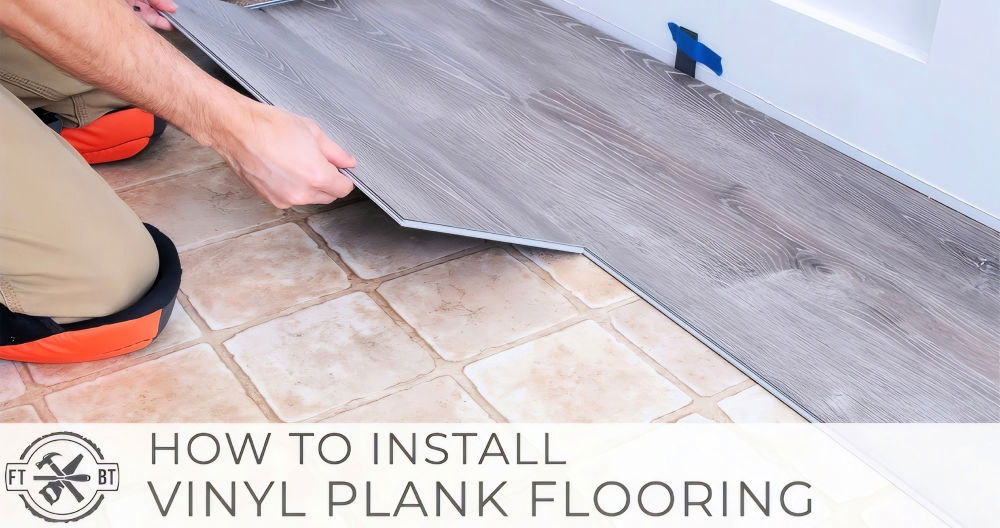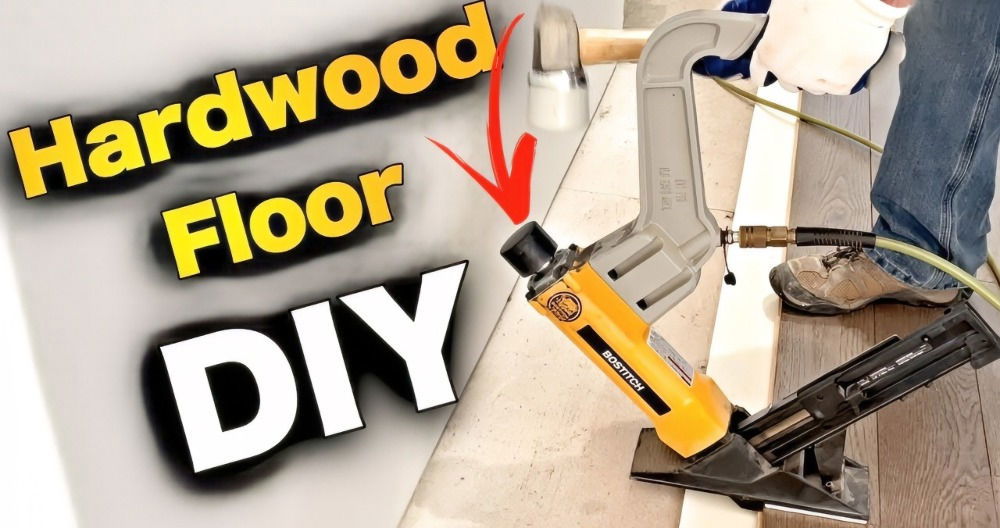When dealing with the challenge of moving 4'x8' panels down a staircase, there are several factors to consider based on the feedback from the DIY community. Here’s a breakdown of the considerations and practical steps you can take:
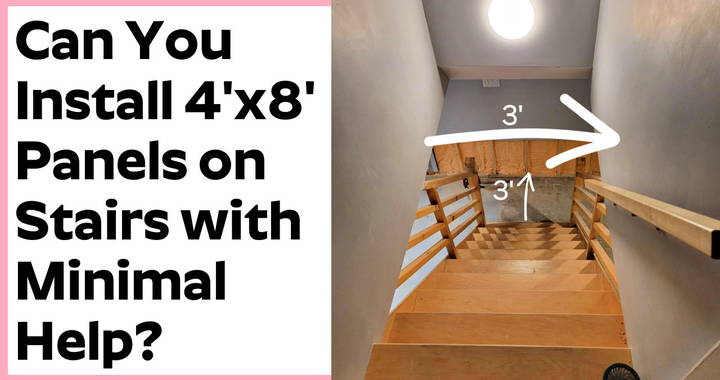
Understanding the Challenge
Getting 4'x8' panels down a set of stairs can indeed be tricky, especially when the space is tight. The user on Reddit mentions a specific problem where the gap between the lowest point of the staircase ceiling and the step underneath is 5-1/4 feet. This limited vertical clearance makes maneuvering large panels challenging.
Is It Possible to Move 4'x8' Panels Down the Stairs with Minimal Help?
Yes, it is possible to move 4'x8' panels down a staircase, but it requires careful planning and possibly a bit of muscle. Based on experiences shared by various DIY enthusiasts, here are some actionable steps and advice:
Step-by-Step Strategy to Move 4'x8' Panels
- Measure Your Space Carefully: Before attempting to move any panels, measure the width of the staircase, the height from the steps to the ceiling at various points, and the clearance at the bottom. This will help you understand the turning radii and any potential obstacles.
- Angle the Panels Diagonally: To make use of the full width and height of the staircase, carry the panels at a diagonal. This method is grounded in the Pythagorean theorem: by carrying the sheet diagonally, you effectively increase the clearance. A diagonal carry should provide just over four feet of space, which might be enough depending on your staircase width and height.
- Clear Obstacles if Possible: If the staircase has a banister or railings that limit space, consider temporarily removing them. This can provide more maneuvering room and reduce the risk of damaging the panel or the staircase during the process.
- Use a Helper: While one person can technically maneuver a 4'x8' panel on their own, having a second person makes the task significantly easier. The extra set of hands will help manage the weight distribution and assist with angling the panel correctly.
- Protect the Walls and Panels: To prevent scratches and damage to both the walls and the panels, use protective coverings. Taping some cardboard or foam on the walls where the panel is likely to make contact is a good precautionary measure.
- Consider a Mockup Test: Several DIYers recommend creating a mockup using cardboard of the same size as the panel. This allows you to practice the maneuver without the weight and rigidity of the actual panels. It’s a low-cost way to identify potential snags before committing to the real thing.
- If All Else Fails, Cut the Panels: If the space is too tight or the process too cumbersome, consider cutting the panels into more manageable sizes. A common suggestion is to cut them into 4'x4' squares or 2'x8' sections. Cutting them will make them easier to handle and reduce the risk of damage during transport. However, be mindful that this will introduce seams when installing the panels, which will need to be mudded and taped.
Additional Tips and Considerations
- Use Tools like a Panel Carrier: Tools such as a drywall panel carrier can make handling large panels easier by providing a better grip and more control.
- Leverage Physics: When moving panels, consider the weight distribution. Keeping the panel slightly tilted and using leverage can reduce the effort needed to maneuver it.
- Plan Your Route: Identify all turns, potential obstructions, and tight spots before starting. Having a clear route mapped out can help avoid unnecessary damage.
- Stay Safe: Ensure that the steps are clear, wear sturdy shoes for grip, and take it slow. Handling large panels on a staircase can be hazardous, so safety should always come first.
Conclusion
Yes, it is possible to install 4'x8' panels on stairs with minimal help, but it requires careful planning, some basic tools, and a willingness to adapt your approach based on the unique dimensions and constraints of your space. Testing with a mockup and considering partial disassembly of any stair fixtures can significantly improve your chances of success. If things seem too tight or cumbersome, don’t hesitate to cut the panels into more manageable sizes to ensure both safety and a quality finish.
FAQ for Moving 4'x8' Panels Down Stairs
This FAQ addresses common concerns and offers additional tips for moving large panels, such as 4'x8' sheets of drywall or plywood, down a staircase. It covers various scenarios, troubleshooting tips, and alternative methods to make this task easier and safer.
What Are the Key Measurements I Need to Consider Before Moving the Panels?
Before moving any panels, measure the width of the stairs, the height from the steps to the ceiling at various points, and the distance from the bottom step to any walls or obstacles. Additionally, consider the diagonal clearance (using the Pythagorean theorem) to determine if a 4'x8' panel can fit when carried at an angle. Knowing these measurements will help you plan the best approach.
Can I Move a 4'x8' Panel Alone, or Do I Need Help?
While it is possible to move a 4'x8' panel by yourself, it is much safer and more manageable with a helper. A second person can assist in navigating tight corners, lifting, and holding the panel at the correct angle. If you are alone, consider using tools like a panel carrier to make the task easier.
What If My Staircase Has a Low Ceiling or Tight Corners?
If your staircase has a low ceiling or tight corners, moving a 4'x8' panel could be challenging. In such cases, consider temporarily removing the railing or other obstructions to provide more space. Another option is to cut the panel into smaller sections, like 4'x4' or 2'x8', to make them easier to maneuver.
How Do I Protect My Walls and Panels from Damage?
To protect walls and panels, use padding like blankets, foam, or taped-up cardboard along the path where the panels might scrape or hit. This will help prevent scratches, dents, or more severe damage. Taking the time to set up protection can save you from costly repairs later.
What Are Some Alternative Methods for Moving Large Panels?
One creative approach suggested by DIYers is to create a mockup of the panel using cardboard or lightweight material. This allows you to practice the maneuver and find the best route without the risk of damage. Additionally, you could try scoring the back of the drywall halfway, folding it without breaking the front face, and carrying it down as a folded piece. Once in place, unfold it and mount it carefully.
Is It Worth Cutting the Panels, or Should I Try to Keep Them Whole?
If you have enough clearance and space to maneuver, keeping the panels whole will provide a cleaner finish with fewer seams to tape and mud. However, if you risk damaging the panels or the surrounding area, or if you’re facing particularly tight spaces, cutting them into smaller sections may be more practical. Smaller sections will reduce the difficulty of maneuvering them through tight corners or low-clearance areas.
Can I Bend or Fold Panels to Get Them Through Tight Spaces?
Yes, some types of panels, such as thin plywood or certain drywall types, have a slight flexibility that allows them to bend without breaking. This can help maneuver around tight corners. However, this method requires careful handling to avoid breaking the panel or damaging the surface. For thicker or more rigid panels, this may not be a feasible option.
What Tools Can Make This Task Easier?
Using a drywall panel carrier can help distribute the weight and make the panel easier to control. Additionally, tools like clamps and straps can assist in holding and maneuvering the panels. If you decide to cut the panels, having a good-quality utility knife or saw will ensure clean, precise cuts.
How Do I Handle a Tight Turn at the Bottom of the Stairs?
If there is a tight turn at the bottom of the stairs, consider using the "pivot" technique. This involves carefully rotating the panel around the corner while keeping it at an angle to maximize clearance. If this still doesn’t work, removing a section of the banister or railing temporarily can create additional space.
What Should I Do If My Staircase Is Too Narrow or Steep?
If your staircase is too narrow or steep to safely move a 4'x8' panel, consider alternative routes, such as using a window or another opening if available. Another option is to bring the panel in through an exterior basement door, if you have one, or to cut the panels down to a size that fits the space better.
How Can I Plan for This Task to Avoid Surprises?
Prepare by mapping out your route in advance and considering all potential obstacles. Create a checklist of tools and protective materials you might need. Practicing with a cardboard template is highly recommended to avoid surprises on moving day.
By considering these tips and strategies, you can better prepare for moving 4'x8' panels down your staircase with minimal hassle and risk.


